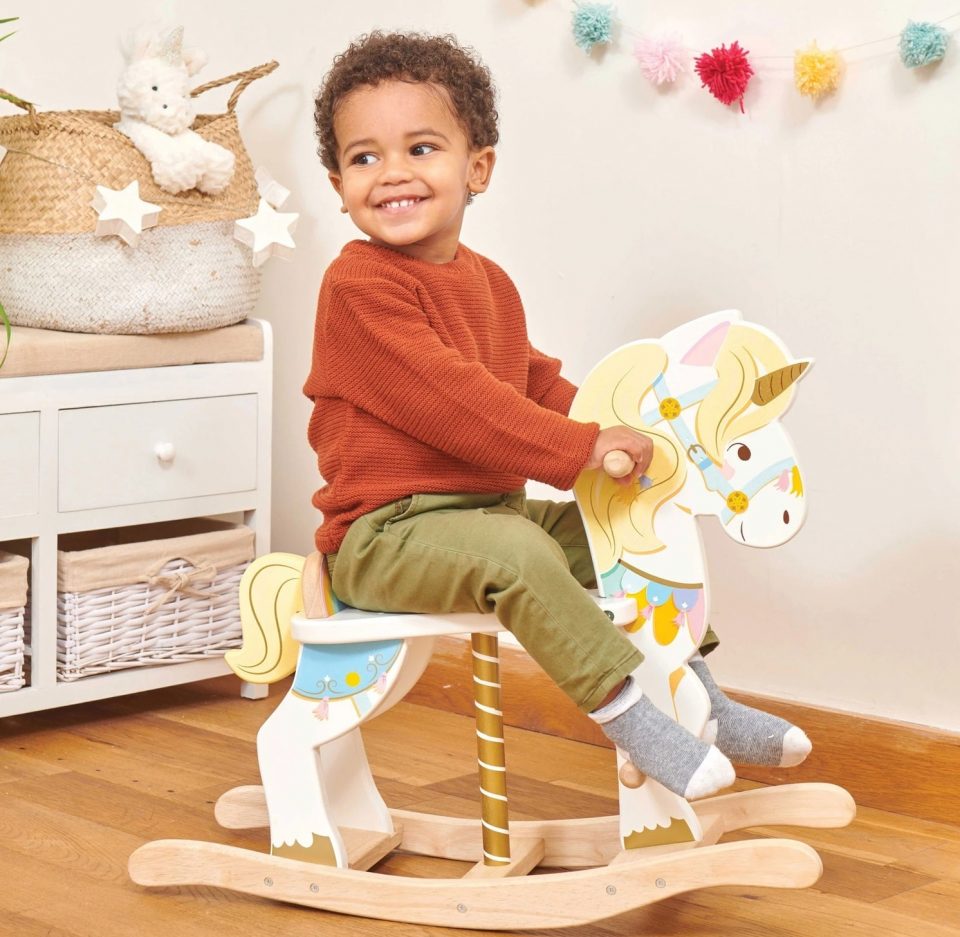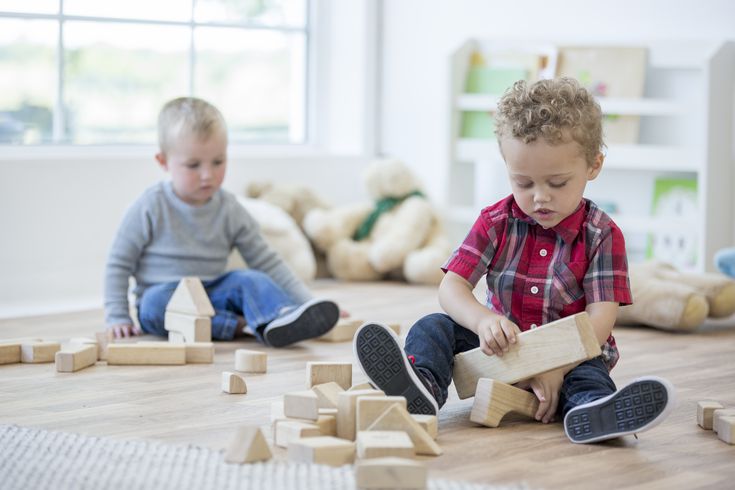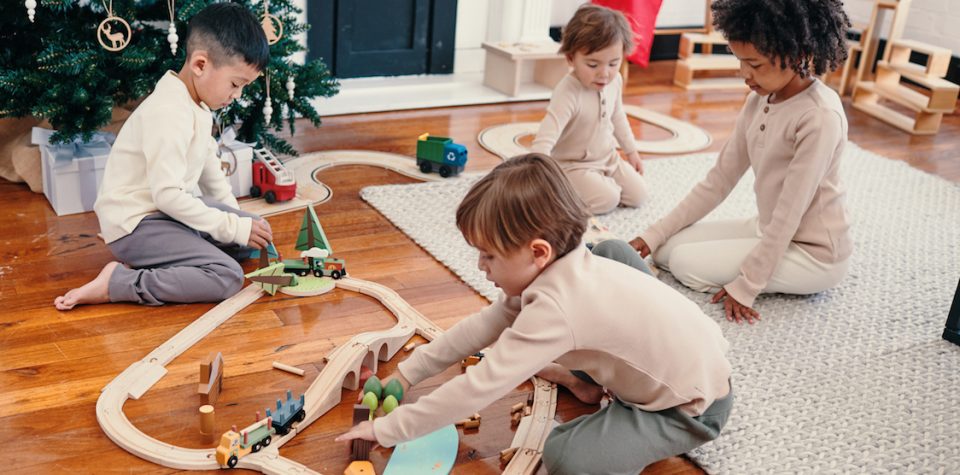Contents
Christmas is around the corner, which means you’re probably wondering what to get your child this year. The thing is, your child’s room is already full of toys they don’t even look at. So, what should you do?
The reason why all those toys are just sitting there and are not being played with might be because they are not the right ones. When it comes to choosing toys for children, there is a rule of thumb that every parent should keep in mind – less is more. The less a toy does, the more opportunities it will give your child to play with it and learn from it. Plus, simpler toys are easier for children to use, require less supervision and tend to last longer. Here are a few steps to follow when shopping for kids toys.

Opt for Simple Toys Instead of High-Tech
High-tech toys that do too much don’t allow children to use their imagination. For example, stuffed animals, dolls, cars, etc., that talk or sing or direct kids to press certain buttons basically take charge of the play when it’s the child who should be the one directing the action. According to experts, the best toys are generally the simplest ones, like wooden blocks, because they allow children to be creative and spontaneous.
While plastic toys have more designs, features and sound effects, wooden toys encourage children to open up their imagination and create new ways of playing with them. Buy wooden toys online and you will notice your child developing their motor skills, hand-eye coordination, problem-solving skills and much more.
But this isn’t the only thing that makes wooden toys better than plastic ones. After you buy wooden toys online and get them delivered to your home, you will see how timeless, authentic and refined they can be. There is a clear visual appeal in the minimalism of wooden toy design that looks great in any children’s room decor.
Make Sure the Toy is Age-Appropriate

Getting a toy that is beyond your child’s level of development will quickly make them become frustrated and overwhelmed. The same way, buying a toy that your kid is too old for will cause them to become bored and lose interest. The right toy will spike your child’s imagination and creativity. Here are a few suggestions when it comes to choosing the proper toys for different ages.
- Young Infants (0 to 6 months) – toys they can reach for, hold, shake, put on their mouth, make noise with. Examples include squeeze toys, large rings, textured balls, teething toys, soft dolls, vinyl books.
- Older Infants (7-12 months) – toys to play pretend with, like puppets, wood vehicles with wheels, and baby dolls; toys to drop and take out like balls, large beads, nesting toys and things to build with like large wooden cubes or soft blocks.
- One-Year-Olds – board books with simple illustrations, things to create with like washable markers and crayons, toys to pretend with like dolls, toy phones, baby strollers, dress-up accessories, stuffed toys, plastic animals, wood vehicles, wood blocks, cardboard, puzzles, large and small balls.
- Toddlers – at this age children have control of their hands and fingers and like to do things with small objects. Good toys for toddlers include wood puzzles with 4-12 pieces, objects to sort by size, colour and shape, things to build like construction sets, child-sized furniture, sand and water play toys, chalkboard and large chalk and picture books with more details.
- Three to Six Years Olds – Toys for solving problems like puzzles with 12-20+ pieces, blocks that snap together and other small objects to sort by length, width, height, colour, shape, quantity and other features, things for pretending and building, to create with and things for using their small and large muscles, like ride-on equipment including tunnels, tricycles, wagons, plastic bats and balls, bowling pins, hammer, nails and saw, etc.
Buy One Toy At a Time

Nowadays, it’s common to see kids inundated with toys. They are given soo many toys in such a short period of time that they have a hard time focusing on any. Experts suggest rotating the toys in and out of a child’s’ toy box or room, reintroducing one after a few weeks when it feels fresh and new. Also, when a child has different toys of a similar type, let them explore one before introducing another. Kids don’t need, for example, five different shaper-sorters at a time.
Note that some toys are appropriate for kids of different ages as they benefit different developmental stages. So, don’t rush to replace old toys with new ones. Some basic toys, like blocks, can serve a number of developmental purposes, which means you shouldn’t be quick to replace them and move on to something new.
Holding blocks helps infants with muscle development and coordination. As they grow, blocks can help develop other skills such as creativity, imagination, planning, building and constriction principles. Playing blocks with a sibling or friends teaches frustration tolerance and cooperation with others.

